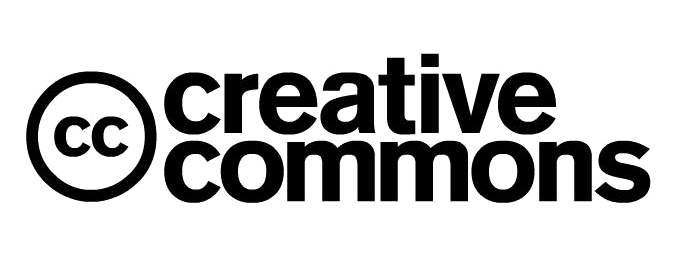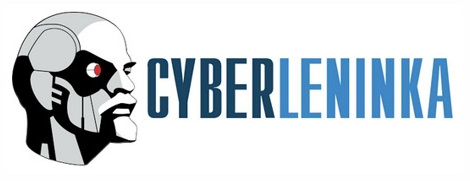Melting and sublimation of graphene and silicene
DOI:
https://doi.org/10.33910/2687-153X-2024-5-4-172-176Keywords:
molecular dynamics simulations, graphene, silicene, sublimation, liquid–gas–crystal triple pointAbstract
This study involves molecular dynamics simulations aimed at investigating the crystal structure collapse of graphene, graphite and silicene. It shows that in the case of graphene and graphite, crystal structure collapse is related to the sublimation of the sample. At the same time, when a silicene sample is heated at constant volume, it comes into the liquid–gas two-phase region of the phase diagram. The difference in the crystal structure collapse of graphene and silicene is caused by the differences in the pressure of the liquid–gas–crystal triple point.
References
Agrawal, P. M., Raff, L. M., Komanduri, R. (2005) Monte Carlo simulations of void-nucleated melting of silicon via modification in the Tersoff potential parameters. Physical Review B, 72, article 125206. https://doi.org/10.1103/PhysRevB.72.125206 (In English)
Babichev, A. P., Babushkina, N. A., Bratkovsky, A. M. et al. (1991) Fizicheskie velichiny. Spravochnik [Physical quantities. Handbook]. Moscow: Energoatomizdat Publ., 1232 p. (In Russian)
Bocchetti, V., Diep, H. T., Enriquez, H. et al. (2014) Thermal stability of standalone silicene sheet. Journal of Physics: Conference Series, 491, article 012008. https://doi.org/10.1088/1742-6596/491/1/012008 (In English)
Das, D. K., Sarkar, J. (2018) Multiscale modeling of thermal properties of silicene using molecular dynamics. Modern Physics Letters B, 32 (27), article 1850331. https://doi.org/10.1142/S0217984918503311 (In English)
Leider, H. R., Krikorian, O. H., Young, D. A. (1973) Thermodynamic properties of carbon up to the critical point. Carbon, 11 (5), 555–563. https://doi.org/10.1016/0008-6223(73)90316-3 (In English)
Los, J. H., Zakharchenko, K. V., Katsnelson, K. V., Fasolino, A. (2015) Melting temperature of graphene. Physical Review B, 91, article 045415. https://doi.org/10.1103/PhysRevB.91.045415 (In English)
Min, T. K., Yoon, T. L., Lim, T. L. (2018) Molecular dynamics simulation of melting of silicone. Materials Research Express, 5 (6), article 065054. https://doi.org/10.1088/2053-1591/aacdb7 (In English)
On, V. V. (2020) To study the structure and thermodynamic properties of silicene materials when melting quickly by molecular dynamics simulation. Journal of Physics: Conference Series, 1706, article 012023. https://doi.org/10.1088/1742-6596/1706/1/012023 (In English)
Orekhov, N. D., Stegailov, V. V. (2015) Kinetics of graphite melting. Doklady Physics, 60 (3), 109–113. https://doi.org/10.1134/S1028335815030052 (In English)
Stillinger, F. H., Weber, T. A. (1985) Computer simulation of local order in condensed phases of silicon. Physical Review B, 31 (8), 5262–5271. https://doi.org/10.1103/PhysRevB.31.5262 (In English)
Stuart, S. J., Tutein, A. B., Harrison, J. A. (2000) A reactive potential for hydrocarbons with intermolecular interactions. The Journal of Chemical Physics, 112 (14), 6472–6486. https://doi.org/10.1063/1.481208 (In English)
Tersoff, J. (1989) Modeling solid-state chemistry: Interatomic potentials for multicomponent systems. Physical Review B, 39 (8), 5566–5568. https://doi.org/10.1103/PhysRevB.39.5566 (In English)
Zakharchenko, K. V., Fasolino, A., Los, J. H., Katsnelson, M. I. (2011) Melting of graphene: From two to one dimension. Journal of Physics: Condensed Matter, 23, article 202202. https://doi.org/10.1088/0953-8984/23/20/202202 (In English)
Downloads
Published
Issue
Section
License
Copyright (c) 2024 Yury D. Fomin, Elena N. Tsiok, Valentin N. Ryzhov

This work is licensed under a Creative Commons Attribution-NonCommercial 4.0 International License.
The work is provided under the terms of the Public Offer and of Creative Commons public license Creative Commons Attribution 4.0 International (CC BY 4.0).
This license permits an unlimited number of users to copy and redistribute the material in any medium or format, and to remix, transform, and build upon the material for any purpose, including commercial use.
This license retains copyright for the authors but allows others to freely distribute, use, and adapt the work, on the mandatory condition that appropriate credit is given. Users must provide a correct link to the original publication in our journal, cite the authors' names, and indicate if any changes were made.
Copyright remains with the authors. The CC BY 4.0 license does not transfer rights to third parties but rather grants users prior permission for use, provided the attribution condition is met. Any use of the work will be governed by the terms of this license.







